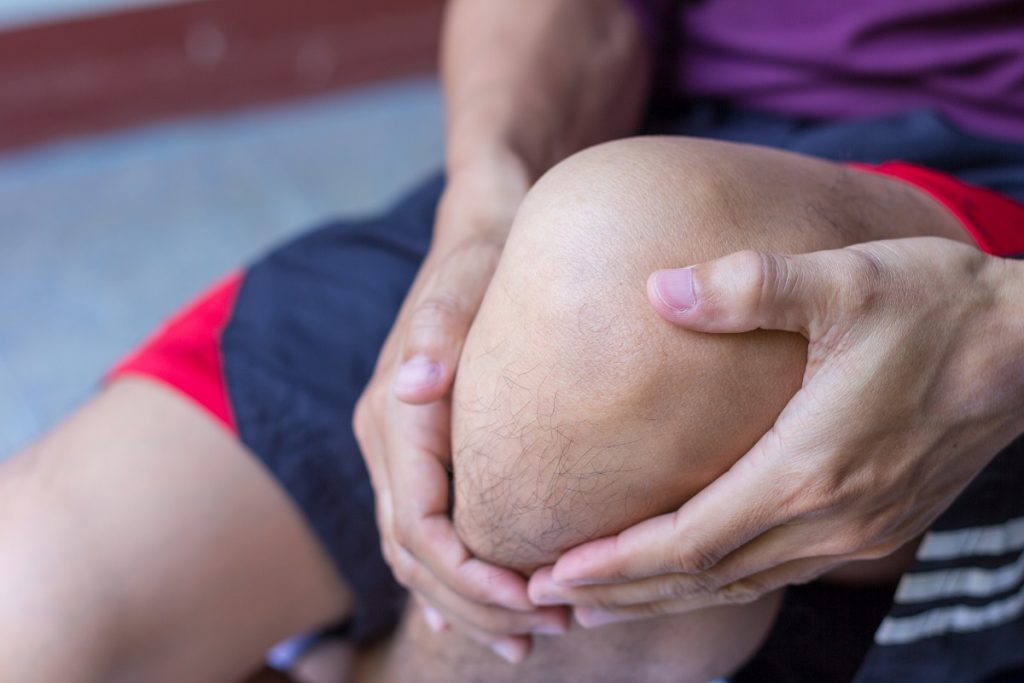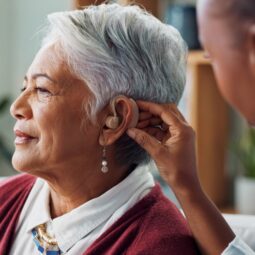
OxyContin, Percocet, Vicodin and other opioid painkillers, when used correctly, can help people get through short-term acute pain, such as surgery. But we now know that these drugs pose serious risks when used long term for chronic pain. In addition to the very high risk of addiction and fatal overdose, they can cause or worsen depression, sleep problems, heart disease, and low testosterone. On top of all that, in cruel irony, they actually make many people more sensitive to pain, and less able to function well in their daily lives.
Fortunately, we have safer options. Non-opioid medicines, physical therapy and cognitive behavioral therapy are three approaches, often used in combination, that can be very effective for people with persistent pain. While they require more commitment than simply taking a pain pill, they do a better job of addressing the root of the pain and helping you regain control of your life.
Behavorial health specialist from The Portland Clinic, Michael Shrifter, PsyD, shares his advice.
Non-opioid medicines
Several medicines are available that are just as effective as opioids in reducing chronic pain, but without the addictive nature of opioids. Some examples:
- NSAIDS (nonsteroidal anti-inflammatories – e.g., aspirin, ibuprofen) reduce both pain and inflammation. They’re available over the counter, in prescription strength, and in topical creams that can reduce stomach irritation.
- Tylenol reduces pain, but not inflammation. It’s easier on the stomach than NSAIDs, but correct dosing is important to avoid liver damage.
- Anticonvulsants (e.g., Gabapentin) can relieve nerve pain from shingles.
- SNRIs (serotonin and norepinephrine reuptake inhibitors – e.g., Cymbalta, Effexor) are a new class of antidepressants that also relieve chronic pain – especially nerve pain and fibromyalgia.
- Triciclic antidepressants, and older class of antidepressants, also can treat pain.
Many people find that taking a combination of these to address several different pain pathways can bring significant relief.
Physical therapy
If you have pain with movement, whether it started with an injury or developed gradually, physical therapy may be a good option for you. Physical therapists focus on helping you move better with less pain. They may use hands-on techniques to decrease tissue irritation and improve range of motion. But the most effective treatments are the stretching and strengthening exercises that they can teach you to do for yourself.
By working one-on-one with a physical therapist, you’ll gain a better understanding of why you have pain, how your body is capable of moving, and how to keep it moving. You’ll also increase your strength, flexibility and tolerance for movement, which can reduce or even eliminate your need for pain medication. Learn more at moveforwardpt.com and tamethebeast.org.
Cognitive behavioral therapy
People don’t automatically think of psychotherapy as a treatment for pain. But pain has both physical and emotional components, and improving your emotional well-being can reduce your pain. Specifically, cognitive behavioral therapy can help you gain control over your pain in three ways:
- By validating your experience of pain and its impact on your life
- Through “behavioral activation interventions,” which teach you ways to feel safe moving your body more, without overdoing it
- Through “cognitive restructuring,” or changing your automatic thoughts from patterns of constant catastrophe, so you can tell a new story about your life
Take a positive step forward today
If you live with pain, we encourage you to take one small, positive step for yourself by attending one of many free classes in our pain education series. For a link to current classes, please visit the Patient Resources page. Your health care team is here to help you explore the best approaches to gaining control over your pain.


